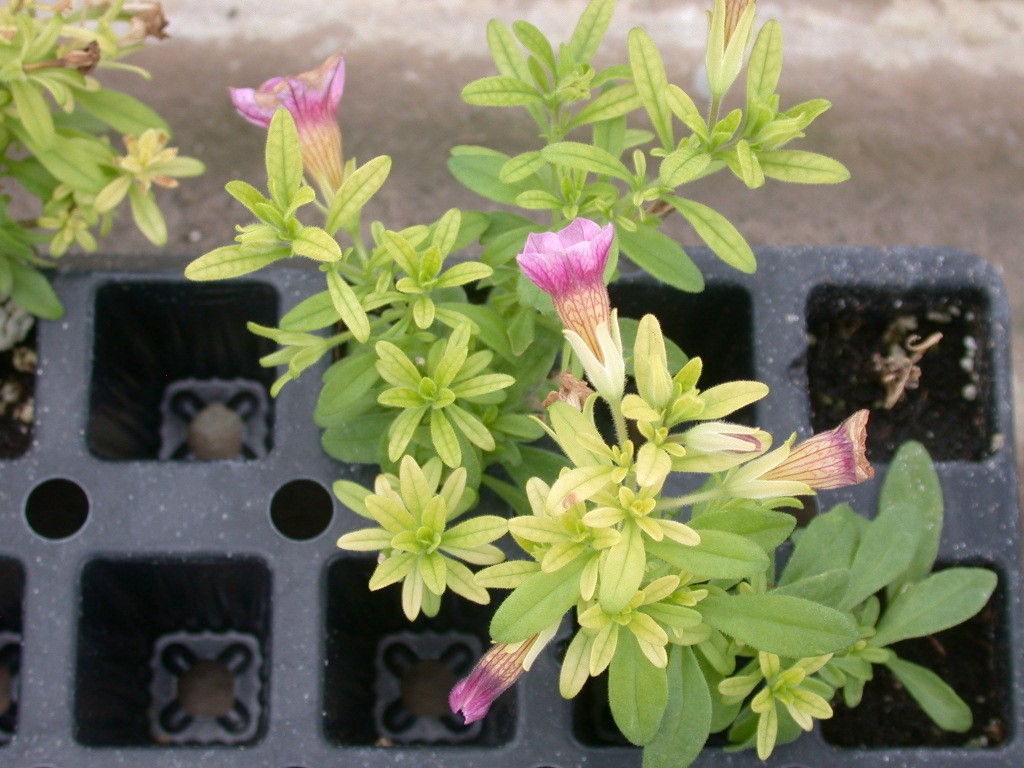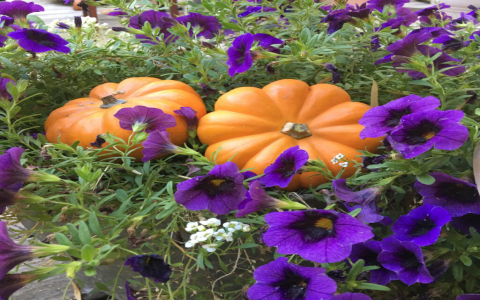Well, let me tell ya ’bout them calibrachoa flowers. Them pretty little things, they ain’t always so easy to grow. Lots of things can go wrong, you know? Just like us old folks, they get sick sometimes.
First off, you gotta know what a calibrachoa is. Some folks call ‘em “million bells.” They look like tiny petunias, all sorts of colors, real pretty in a hanging basket. But don’t you be fooled, just ‘cause they’re pretty don’t mean they ain’t trouble.

One thing that bothers these flowers is somethin’ called powdery mildew. You know, that white, dusty stuff that gets all over the leaves? Yeah, that’s it. It makes the leaves look all sickly and they might even curl up. Not a pretty sight, let me tell ya. If you see that white stuff, best get rid of them bad leaves and try to keep the plants dry. Water at the roots, not all over the leaves, that’s what I say.
- Powdery Mildew: That white stuff on the leaves
- Black Root Rot: Roots turn all black and mushy
- Virus: Leaves get all spotty and weird-looking
Then there’s black root rot. That’s a real nasty one. You can’t even see it happening, not till it’s too late maybe. The roots, they just rot away, turnin’ all black and mushy. Then the whole plant starts to wilt and die. Ain’t nothin’ you can do once it gets bad. Best thing is to make sure your soil drains good, and don’t overwater. That’s what I tell ya. These flowers, they don’t like to sit in wet feet.
Sometimes, them calibrachoas get a virus. Now, viruses are tiny little things, you can’t even see ‘em. But they sure can mess up a plant. The leaves might get all spotty and mottled, kinda like a mosaic. Or they might get all yellow and stunted. If you see a plant with a virus, best to just toss it out. Don’t wanna spread that bad stuff around.
I heard tell of some fancy names for these viruses, like Tomato chlorotic dwarf viroid, Tomato mosaic virus, and Calibrachoa mottle virus. Sounded like a bunch of gibberish to me. All I know is, they make the leaves look bad. If you see a plant with those mottled leaves just get rid of it.
Now, some folks might tell you to use all sorts of fancy chemicals to fix these problems. But I say, keep it simple. Good soil, good drainage, plenty of sun, that’s all you need. And if a plant gets sick, well, sometimes you just gotta let it go. Just like us old folks, sometimes there ain’t nothin’ you can do.
Another problem I see sometimes is the leaves turnin’ yellow. That could be ’cause they ain’t gettin’ enough iron, or maybe not enough nitrogen. If the new leaves are yellow, it might be iron. If the old leaves are yellow, it might be nitrogen. You can try givin’ ‘em some plant food, but don’t overdo it. Too much is just as bad as too little, that’s what I always say.
One more thing, if you see a plant with stem rot, you know, the stem gets all mushy and brown, then you gotta be careful. That bad stuff can spread to other plants. Best thing to do is get rid of the sick plant and clean up the soil around it. You can try using some special stuff from the store to kill the rot, but sometimes it’s just too late.

So, there you have it. A few things to watch out for with them calibrachoa flowers. They’re pretty, but they ain’t always easy. But if you take care of ‘em, they’ll give you lots of pretty blooms all summer long. Just remember, good soil, good drainage, plenty of sun, and watch out for them diseases. That’s the key to growin’ healthy calibrachoas, or anythin’ else for that matter.
Tags: [calibrachoa, million bells, plant diseases, powdery mildew, black root rot, virus, plant care, gardening, flower care, yellow leaves, stem rot]



















